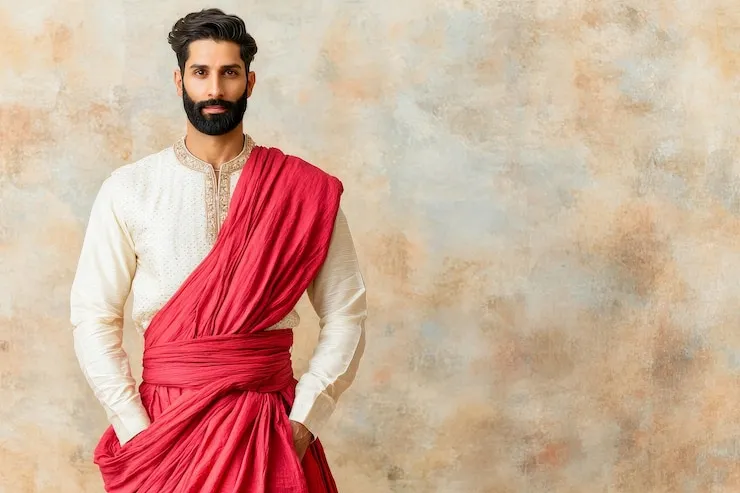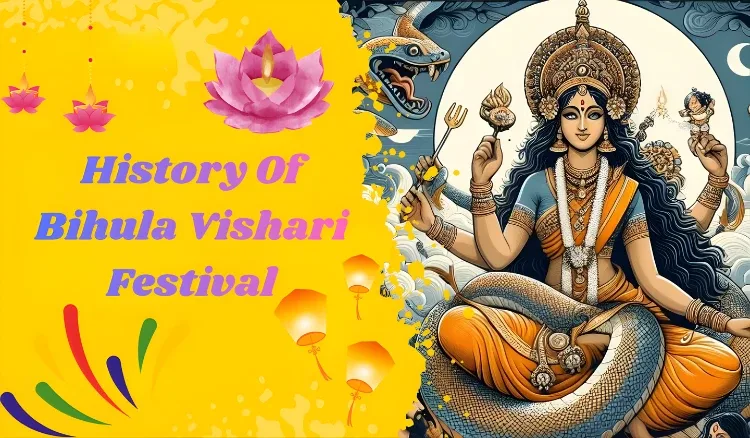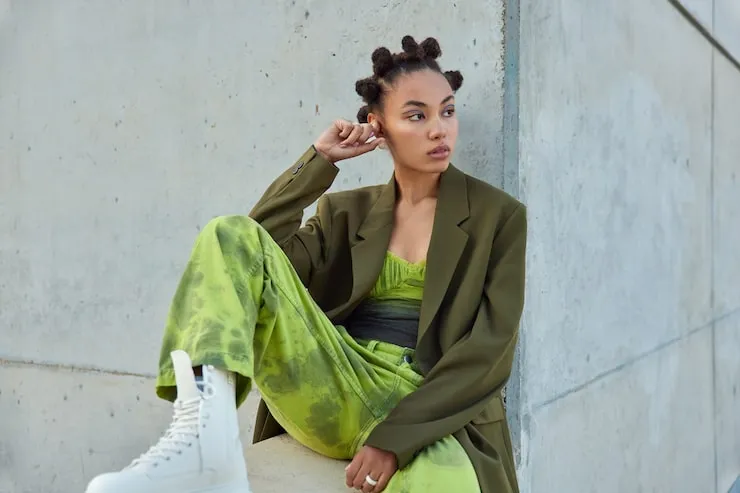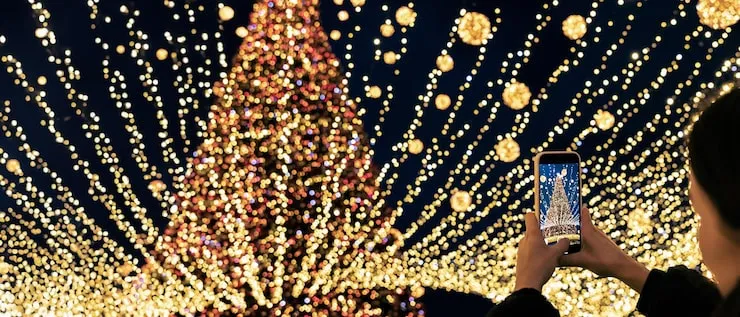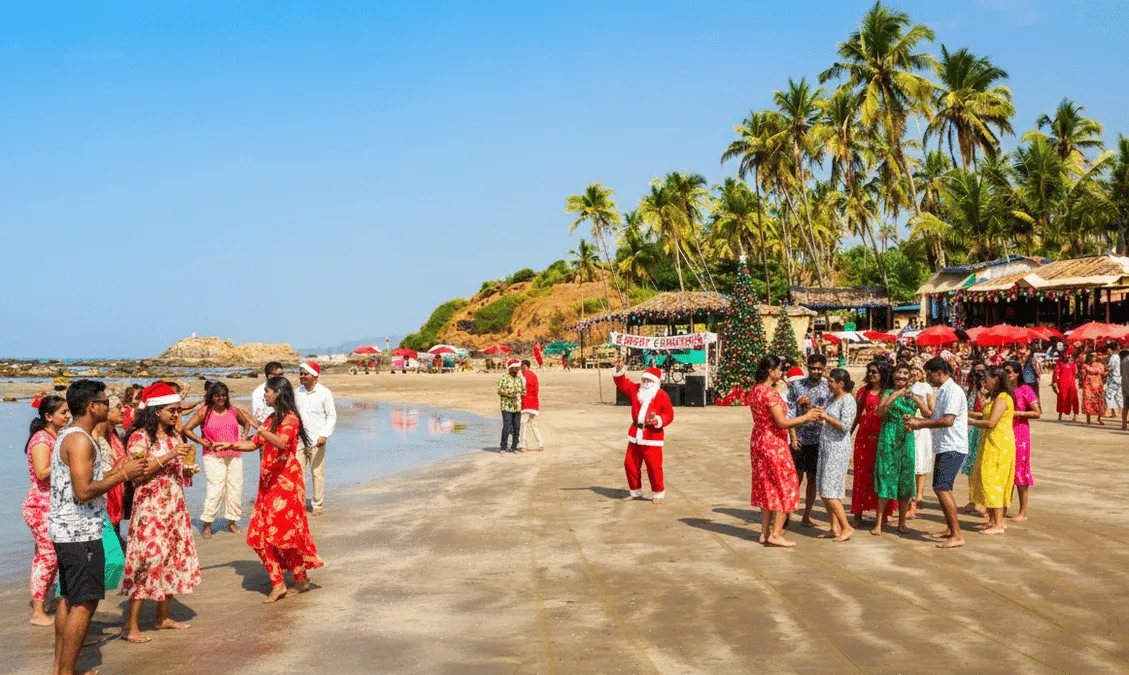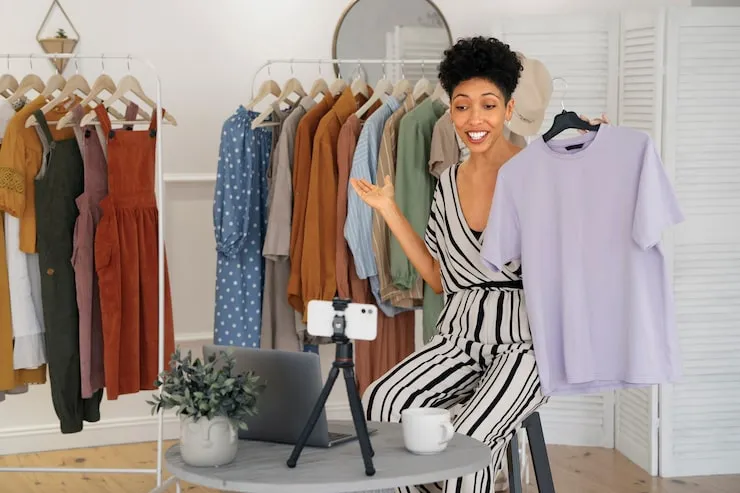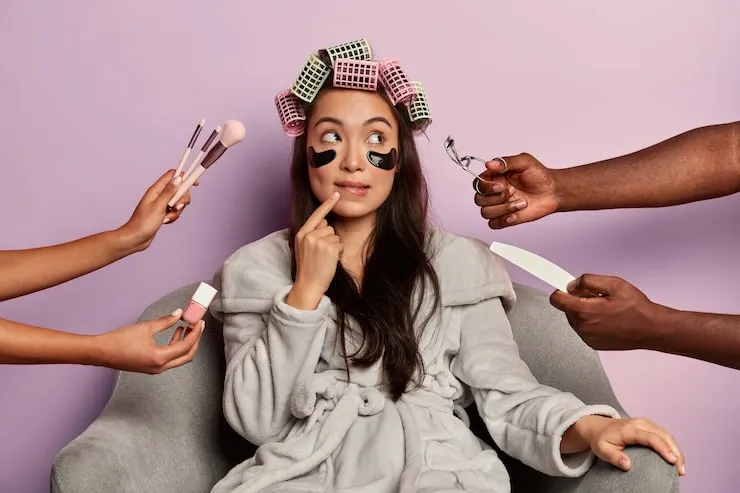Introduction: More Than Just Clothes
Clothes are never just pieces of material. They hold meaning, tell memories, and reflect who we're—or even who we used to be. In Bengal, this fact rings louder than ever. You can stroll thru the slim lanes of North Kolkata or the humming streets of Salt Lake, and also you’ll see it: someone sporting a handloom saree with footwear, a college boy in a kurta and jeans, or perhaps a center-aged man nevertheless wrapped proudly in his dhoti. This isn’t confusing. It’s identity. It's a transition. And it’s beautiful.
Let’s look at how Bengal went from the crisp folds of a dhoti to the distressed seams of denim—without ever losing its unique fashion pulse.
Back in the Day: Simple, Honest, and Very Bengali
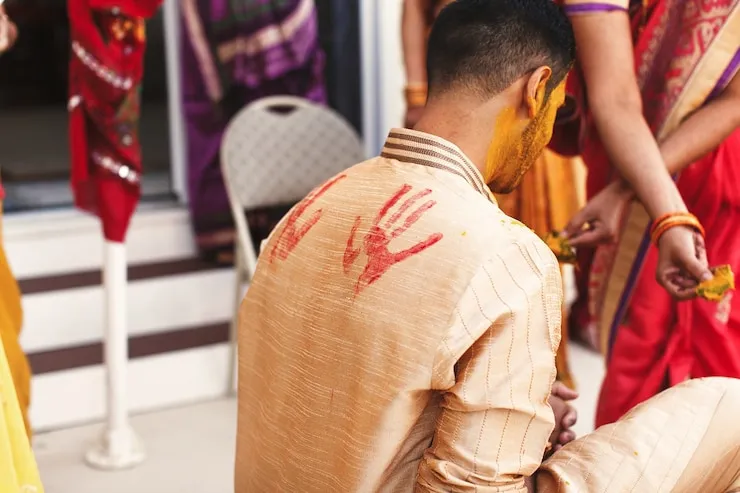
Let’s rewind. Way before the word “fashion” found its way into every household, people in Bengal dressed with a different kind of purpose. It wasn’t about trends. It was about culture, weather, and daily life.
Read Also: From Ghagra to Glam: Gujarat’s Garba Fashion, Then and Now
For the Men: The Dhoti Era
Ask anyone over 60 about their school days, and chances are, they’ll mention learning multiplication tables while wearing a dhoti. It was the Bengali man’s second skin.
- Soft cotton that may have a border and is frequently white or cream in color.
- Tied at the waist, wrapped around, and perfect for Kolkata's heat.
- Usually paired with a kurta or, at home, just worn alone.
There was grace in it. Whether sipping tea at a roadside stall or debating Tagore’s poetry, the dhoti was a quiet symbol of dignity.
For the Women: Sarees in Every Fold
Women mostly wore sarees—every single day. Not the heavy, party ones. We are discussing light cottons, which can be patterned or plain at times.
- Often white with a red border—especially for rituals and pujas.
- Worn for housework, school, markets, everything.
There were no big wardrobes. Maybe 8–10 sarees. But each one meant something.
The Magic of Bengali Fabrics
What made Bengal’s clothes even more special was the material. These weren’t bought from glossy stores. They came from the skilled hands of weavers.
Some Iconic Weaves:
- Taant: Lightweight, handwoven cotton. Soft, simple, and breathable.
- Jamdani: delicate, artistic, and woven into sheer fabric with floating motifs.
- Baluchari: Rich silks with entire mythological tales woven into the pallu.
Families kept their best Jamdanis wrapped in soft cloths, stored safely in trunks. Many are still passed down like heirlooms.
The Colonial Effect: Mixing Cultures, Quietly
Then came the British, with their suits, boots, and new ways of dressing. For the upper class in Bengal, especially in Calcutta, change came creeping in.
Men in Coats, Women in Blouses
Suddenly, you saw:
- Men wearing trousers, shirts, and blazers to work.
- The “Bhadralok” class adopted English dress codes in courtrooms and offices.
- As a direct result of Victorian influence, sarees are now worn with blouses and petticoats.
Yet, even as British style walked into homes, the dhoti and saree never walked out. People adjusted, but never abandoned.
Local Markets and Boutiques: Bengal’s Fashion Nerve Centers
While big malls and brands have made their place in cities like Kolkata, Bengal’s real fashion heartbeat still lies in its local markets and small boutiques.
Where Real Style Happens
- Gariahat and New Market: You can find everything—from cheap kurtas to handcrafted sarees worth thousands. It’s a paradise for mix-and-match lovers.
- College Street: While known for books, many shops here still sell old-school panjabis, perfect for puja or a poetry reading.
- Boutiques in Shyambazar or Behala: These frequently inventory exclusive, regionally woven sarees and modern fusion wear by means of lesser-acknowledged however outstanding designers.
Shopping here isn't simply shopping for clothes—it’s a revel in it. You talk, you buy, you touch the fabric, and every now and then, you stroll away with a story you didn’t anticipate.
1950s–1970s: Simplicity Was Still in Style
Post-independence Bengal didn’t dive into glamour. It held onto its rooted, simple style—but added polish. Much of this came from film stars.
Cinema’s Silent Influence
- Uttam Kumar appeared in neatly pressed shirts and pants—soon every college boy wanted to look like him.
- Suchitra Sen’s cotton sarees became the modern woman’s everyday look—graceful yet grounded.
Men continued with button-downs and pleated pants. Women still wore sarees to work and at home, usually in plain prints. Although the style was subdued, it exuded confidence.
You May Also Like: How to Style a Pink Mirror Work Lehenga for Any Occasion?
The 90s Wave: Jeans Enter the Scene
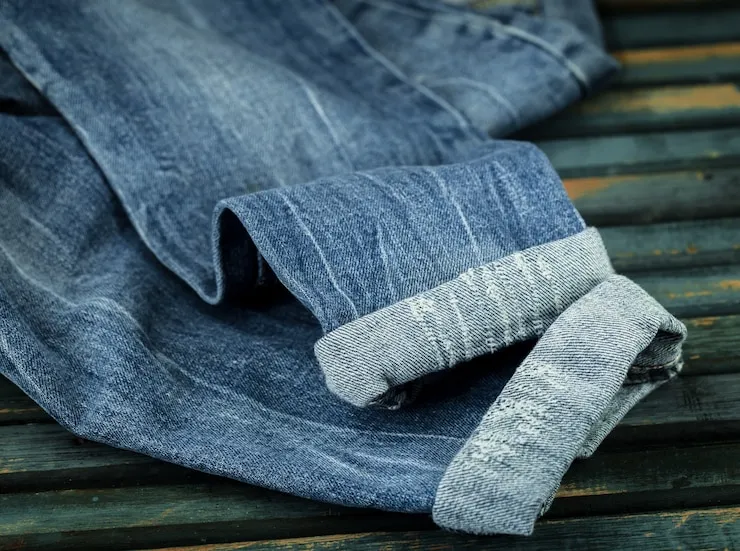
Everything changed in the ’90s. Literally everything. Satellite TV arrived. So did music videos. Western brands became available. And suddenly, the youth had choices.
Out with the Old (But Not Really)
- Jeans, tees, and sneakers became common on college campuses.
- Girls started wearing salwar suits, then kurtis with jeans.
- Sarees were mostly saved for best and good occasions or festivals.
Dhotis almost vanished from daily wear, except for older men and religious occasions. But people didn’t forget tradition—they just wore it differently, at different times.
Today: Fashion Without Borders
If you look at Bengal now, you’ll see a beautiful confusion—and that’s what makes it amazing. There are no rules anymore.
Fusion Is the New Normal
- During Durga Puja, girls dress in traditional sarees with crop tops.
- Boys wear sneakers or torn jeans with their panjabis.
- Sarees are worn with denim jackets. Kurtas with cargo pants.
No one thinks twice. This generation wears tradition on its own terms. Fashion is now about "this and that, all at once," rather than "either/or."
The Role of Social Media: A Mirror and a Megaphone
Let’s be real—Instagram, YouTube, and Pinterest have done more for fashion than most magazines ever did. And Bengal has embraced this wave.
What Social Media Brought:
- Reels of girls dancing in jamdani and jhumkas one day, hoodies and sneakers the next.
- Fashion is faster, freer, and a little more fun.
What hasn’t changed is the creativity. Bengalis still love a good experiment—just now, they post it online.
The Influence of Bengali Mothers and Grandmothers
If you ask a Bengali teenager who first inspired their sense of style, you probably won’t hear the name of a celebrity. Most often, the answer is simple: "My maa or dida."
Style That Felt Like Home
There was something effortless about how our grandmothers dressed. They didn’t follow trends, but somehow, they always looked put together. They wore soft cotton sarees—usually in the same familiar shades—and wore them the same way every single day. The pleats were always perfect. You’d see a big iron keyring tucked in the folds of the saree, and their hair was parted neatly with a dab of coconut oil.
In Bengal, fashion was not taught, at least not in homes. You just picked it up while watching your maa adjust her pallu or put on a bindi before leaving the house. These small moments stayed with you.
Now, many Gen Z kids are pairing a vintage saree with sneakers or layering their maa’s old blouse with jeans. It’s not just about looking good. It’s about keeping those quiet memories alive through what we wear.
Durga Puja: Bengal’s Own Fashion Week
If you want to see all this style in full force, visit Bengal during Durga Puja. It’s not just a festival—it’s five days of planned outfits and proud traditions.
What You’ll Spot During Pujo:
- Day 1: Light cotton sarees, pastel kurtas
- Day 2–3: Long skirts with jackets, jeans with embroidered tops
- Day 4–5: Traditional panjabis, golden jewelry, and red-and-white sarees
Everyone looks their best. It’s not just about buying something new. It’s about feeling new, inside and out.
Designers from Bengal: Going Global, Staying Grounded
Some of India’s top fashion designers are Bengali—and it’s easy to see why. They blend tradition with boldness like no one else.
Famous Names:
- Sabyasachi Mukherjee: Known worldwide for bridal wear steeped in Bengali textiles and drama.
- Anamika Khanna: Edgy, elegant, and rooted in Indian craft.
- Rimi Nayak: Young, fresh, and proudly local.
These designers put Bengal on the global fashion map—but they in no way forgot their roots. Sarees, handlooms, and Bengali silhouettes still run via each sew.
Final Thoughts: This Thread Runs Deep
Bengal’s fashion journey isn’t a clean shift from one thing to another. It’s more like layers on a canvas. You can still find your grandfather in his dhoti, sipping tea and reading the newspaper. But you can also see his granddaughter heading to class in a jamdani blouse and wide-leg jeans.
Going from dhoti to denim is a remix, not a rejection. It’s about keeping what matters and mixing in what feels right.
The soul of Bengal’s fashion isn’t in fabric or cut. It’s in its freedom—to wear, to express, and to belong.



